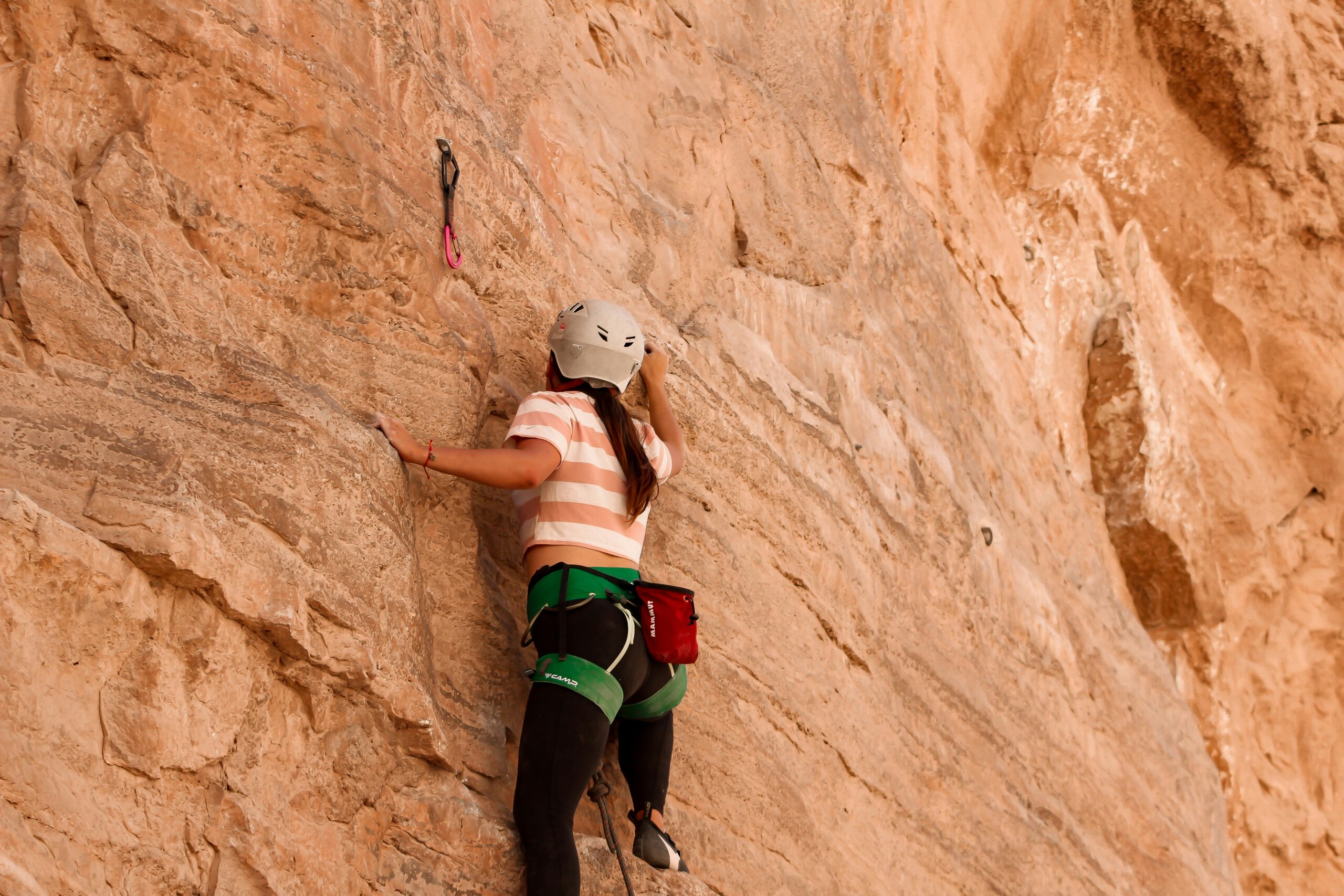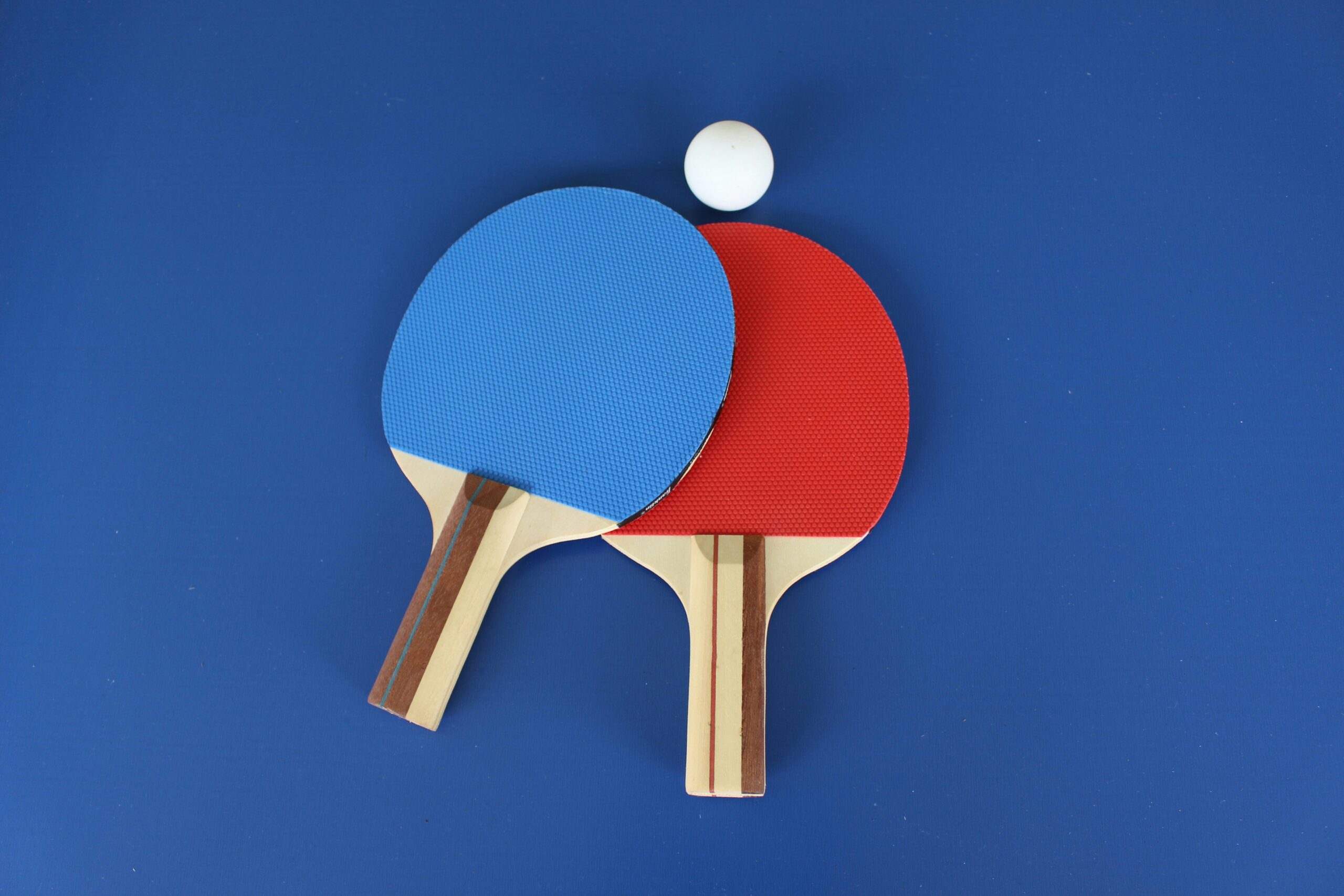Unlocking Peak Performance Through Mindful Movement Techniques
We’ve all heard the saying, “It’s all in your head,” and while it often gets tossed around in a casual context, it rings particularly true in the world of sports and performance. Mindful movement techniques—a blend of awareness, intention, and physical engagement—are transforming the way athletes and everyday fitness enthusiasts alike approach their training. But what does it mean to be “mindful” in motion, and how can it unlock peak performance? Buckle up; we’re diving deep!
The Mind-Body Connection: More Than Just a Buzzword
To understand mindful movement, we first need to unpack the mind-body connection. This phrase has been floating around for decades, but its importance can’t be overstated. Simply put, it’s the relationship between our mental state and our physical performance. You might think of it as a two-way street: a good mental state can enhance physical performance, while a well-functioning body can uplift your mood.
Consider this: have you ever had a workout where you felt like you were on top of the world—everything clicked, and you just couldn’t stop smiling? Conversely, have you trudged through a session where your mind was elsewhere, and your body felt like a sack of potatoes? (I know I have.) These experiences exemplify the intricate dance between mind and body.
The Science Behind Mindful Movement
Studies have shown that engaging in mindful movement can yield substantial benefits. Research from institutions like Harvard University suggests that mindfulness can improve focus, reduce anxiety, and enhance overall performance. Athletes who practice mindfulness report heightened awareness of their body mechanics, leading to improved technique and reduced injury risk. A significant number of them note that this practice allows them to stay in the moment, free from the distractions of the past or the future.
But what does this look like in practice? Here are a few techniques that effectively bridge the gap between mind and movement:
- Breath Control: Techniques like diaphragmatic breathing can help regulate your heart rate and improve your stamina.
- Body Scanning: This involves mentally scanning your body to identify areas of tension and relaxation, promoting awareness of physical sensations.
- Focused Attention: Concentrating on specific movements or muscle groups during activities like yoga or martial arts can enhance performance and mindfulness.
Mindful Movement Techniques in Action
Now, let’s get into the nitty-gritty of how you can incorporate mindful movement into your routine. Don’t worry—this isn’t rocket science. In fact, many of these techniques can be integrated into your existing workouts with a little tweak here and there.
Yoga: A Gateway to Mindfulness
Yoga has become synonymous with mindfulness. In each pose, there’s an opportunity to cultivate awareness, focus on breath, and connect with your body in a way that’s often overlooked in traditional workouts. I remember my first yoga class—while I was trying desperately to balance in Tree Pose, it struck me that I was more focused on not falling over than on what my body was actually doing. That’s the beauty of yoga: it encourages you to tune in, even when your mind wants to check out.
Research shows that regular yoga practice can enhance flexibility, strength, and endurance while also promoting mental clarity. A study from the Journal of Physical Activity and Health found that participants who practiced yoga regularly reported lower levels of stress and improved physical performance. So, if you’re looking to gain an edge, consider rolling out your mat.
Walking Meditation: A Simple Yet Powerful Tool
If yoga feels a bit too zen for your style, how about trying walking meditation? This technique can be as simple as taking a stroll in the park while paying attention to the sensations of your feet hitting the ground. Sounds easy, right? However, the challenge lies in keeping your mind focused on the present moment.
When I first attempted walking meditation, I found myself distracted by my thoughts—worries about work, personal life, you name it. But with practice, I learned to draw my attention back to the rhythm of my steps and the feel of the earth beneath me. It’s a beautiful way to connect with nature and clear your mind, while also getting some exercise. Plus, it’s a great excuse to get outside!
Strength Training with Intention
Now, let’s talk about strength training. It’s all too common to rush through sets, counting reps like a robot on autopilot. But what if you took a moment to really feel each movement? Engaging in mindful strength training means focusing on every lift, every push, and every pull. This approach not only enhances your performance but can also lead to better results.
Try this the next time you hit the gym: instead of mindlessly cranking out reps, take a moment before each set to center yourself. As you lift, concentrate on your muscles—their contraction, their extension, the way they work together. Not only will this improve your form, but it can also elevate your workout experience. (I mean, who wouldn’t want to feel like a superhero while lifting weights?)
Integrating Mindfulness into Daily Life
While mindful movement techniques are most commonly associated with physical activities, the principles can—and should—extend into everyday life. After all, we spend a considerable amount of our time off the mat, in the office, or at home. Here are a few ideas to help you cultivate mindfulness throughout your day:
- Mindful Eating: Take the time to savor your meals. Notice the flavors, textures, and aromas instead of mindlessly scarfing down your lunch.
- Mindful Breathing: Set aside a few minutes each day to focus on your breath. This can be done anywhere—at your desk, in the car, or even while waiting in line.
- Mindful Transitions: Use moments of transition (like walking from your car to the office) to practice being present. Notice the world around you, the sounds, the sights, and the sensations.
The Role of Technology in Mindful Movement
In a world dominated by technology, it’s easy to think that mindfulness and movement can’t coexist with our devices. However, the right tech can enhance your practice. Apps like Headspace or Calm offer guided meditations, while fitness trackers can provide real-time feedback on your workouts. (Just don’t let the urge to check your notifications distract you from your zen state!)
Some gyms are even integrating virtual reality experiences into their workouts—think cycling through picturesque landscapes while guided by a calming voice. It’s a fascinating way to blend technology with mindful movement. Just remember to unplug occasionally; there’s beauty in simplicity.
Real-Life Success Stories
It’s all well and good to talk about the benefits of mindful movement, but let’s look at some real-world examples. Athletes like NBA star LeBron James and Olympic gymnast Simone Biles have incorporated mindfulness into their training regimens. They’ve spoken candidly about how these techniques have helped them stay focused, reduce anxiety, and enhance their performance.
Consider the story of a local runner, Lisa, whose journey I followed closely. After years of competing in marathons, she hit a plateau and struggled with injuries. It was only when she started practicing mindfulness—focusing on breath and body awareness during her runs—that she began to see improvements. “I used to just go through the motions,” she told me over coffee one day. “Now, I feel every mile, every breath. It’s like I’ve unlocked a new level.”
Mindfulness in Team Sports
Team sports also benefit from mindful movement. Coaches are increasingly recognizing the value of mental training alongside physical conditioning. Teams are incorporating mindfulness practices into their training schedules, helping players develop better communication and cohesion on the field. It’s a game-changer—literally!
Take the case of a collegiate soccer team that I reported on last season. After integrating mindfulness training into their practice, they not only improved their performance but also fostered a deeper sense of camaraderie. The players reported feeling more connected to one another, leading to better teamwork and, ultimately, better results on the pitch.
Challenges and Misconceptions
As with any new trend, mindful movement comes with its fair share of challenges and misconceptions. One common myth is that mindfulness is only for those who practice yoga or meditation. In reality, it can be applied to any physical activity, whether it’s running, swimming, or even dancing. (I mean, who hasn’t busted a move at a wedding while trying to be mindful of their two left feet?)
Another hurdle is the misconception that mindfulness requires hours of practice. In truth, even a few minutes of focused attention can yield benefits. Just like training your muscles, training your mind takes time, but it doesn’t have to be overwhelming.
Conclusion: The Journey to Mindful Movement
In a world that often glorifies hustle culture and relentless productivity, the practice of mindful movement offers a refreshing counterbalance. It encourages us to slow down, to tune in, and to appreciate our bodies and the beauty of movement. Whether you’re a seasoned athlete or someone just starting on your fitness journey, incorporating mindfulness into your routine can unlock new levels of performance and well-being.
As you embark on this journey, remember that it’s not about perfection but rather about progress. You might not achieve enlightenment with your next squat, and that’s okay! Embrace the process, and who knows—you might just find yourself moving more mindfully, one breath at a time.
So, lace up those sneakers, find your mat, or simply step outside. The world is waiting for your mindful movement adventure to unfold!




